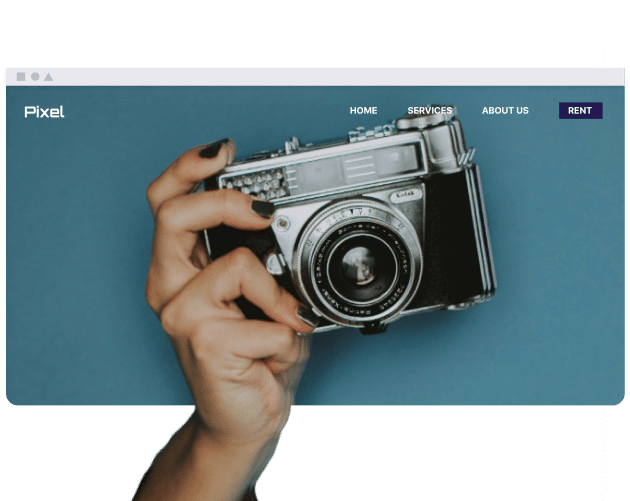Why are internal links important for SEO and user experience?
Internal links are an essential asset for SEO and enhancing the user experience, as they indicate how pages within a website relate to one another by directing users and automated systems from one page to another.
These connections provide routes for both search engine crawlers and users to move throughout site content. Internal links enable crawlers to collect data from different pages, which may influence how content appears in search results. The presence or absence of internal links relates to the degree of attention pages receive from search engine algorithms.
How do internal links influence “link equity” or “PageRank” distribution?
Internal links help manage “link equity” or “PageRank” distribution by directing the authority gained from external backlinks to flow throughout your website. For example, when a page receives a backlink, some of its established authority may be assigned to additional pages it connects to through internal linking, impacting the SEO of those interconnected pages.
What is a good internal linking structure?
A typical internal linking structure uses a logical and user-friendly hierarchy where top-level pages are connected to secondary and further-detailed pages. Typically, this organization might take the form of a pyramid, positioning broader content near the top and arranging related categories or detailed information on lower levels. This arrangement results in a set number of steps required to reach different sections for both users and search engine crawlers.
How can I optimize anchor text for internal links?
Anchor text for internal links can be optimized by ensuring it is clear, accurate, and relevant to the destination page. Using terminology that corresponds with the linked content can assist search engines in determining page context and can indicate the type of information provided at the link’s destination for users.
What are “orphan pages” and how can internal links prevent them?
“Orphan pages” refer to pages within a website that have no internal links pointing to them. Because they do not have incoming internal links, these pages may not be included in automated search and indexing processes. By establishing internal links, all content areas can be incorporated into a site’s navigational framework, making it possible for automated systems and users to access such pages.
What are common internal linking mistakes to avoid?
Internal links effectiveness can be affected by repeating the same anchor text, grouping several links on a single page, having broken internal links, or arranging sparse connections to pages lower in the site structure. Avoiding these formats ensures your internal linking strategy aligns with your site’s performance.
Podsumowanie
Internal links are an essential asset to any website, as they can facilitate user navigation i influence search engine optimization for websites. Internal links function as structural connections among a website’s pages and are arranged to provide pathways to additional files or internal categories. Moreover, improvement of user experience and search engine optimization performance relies on a well-defined internal linking structure and optimization on a prioritized basis.

